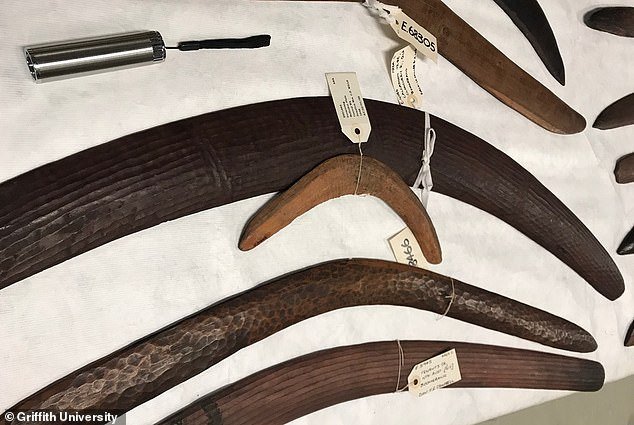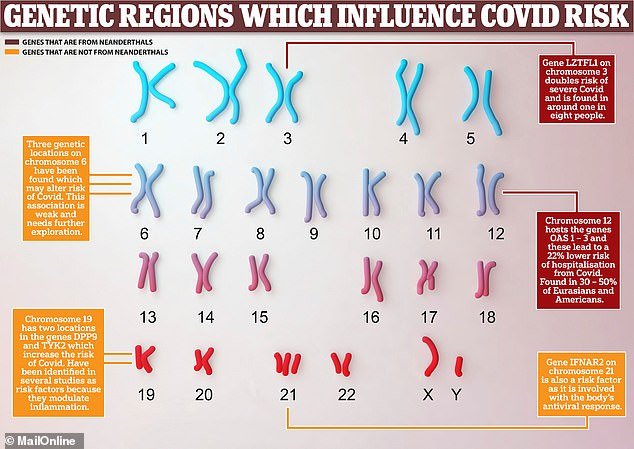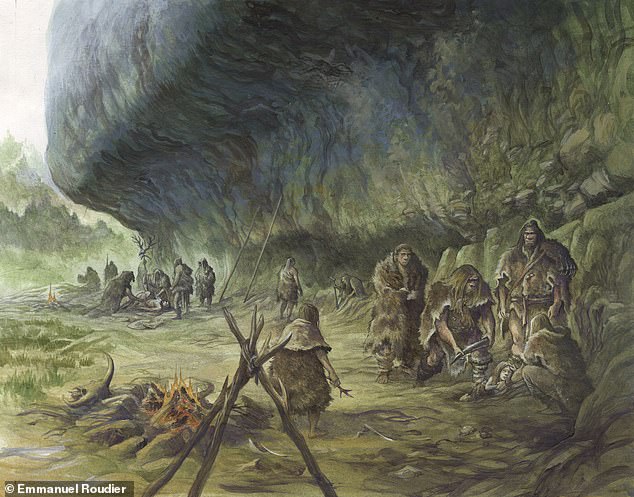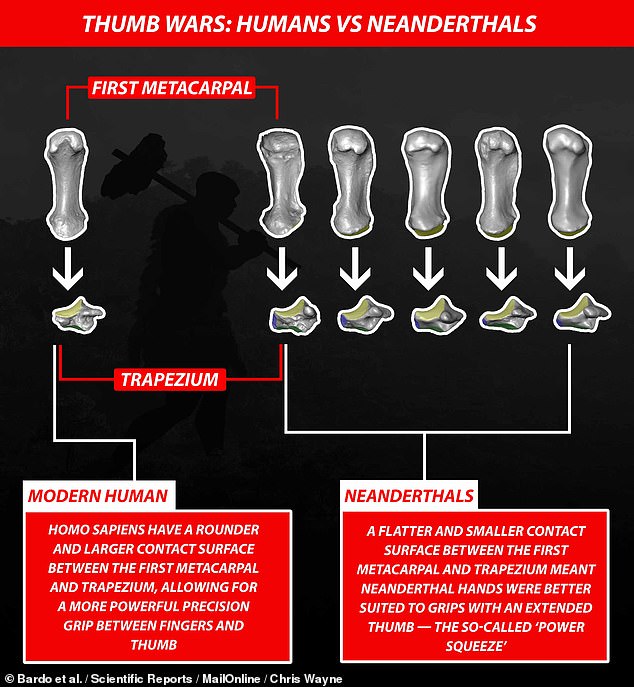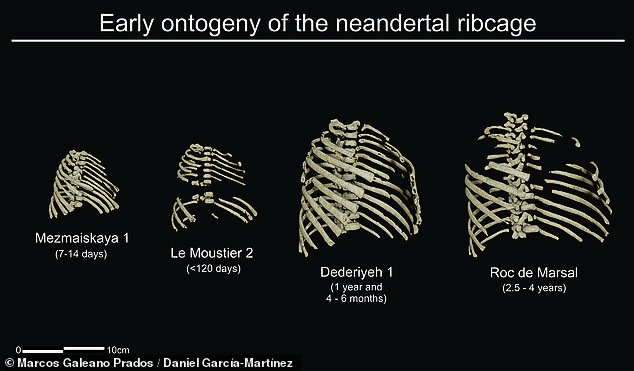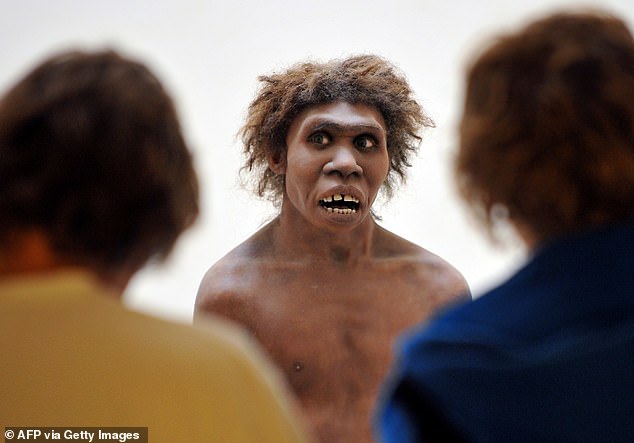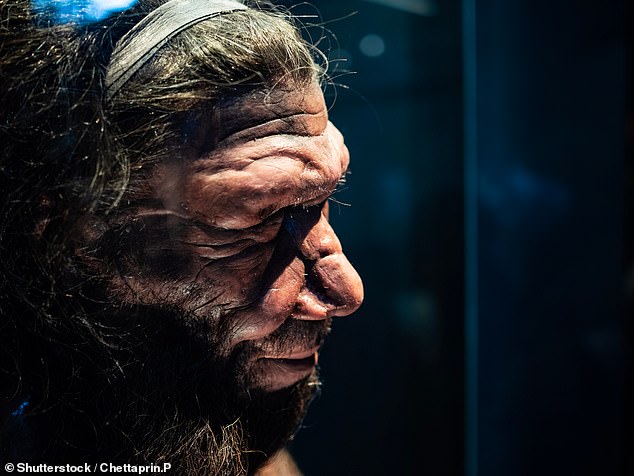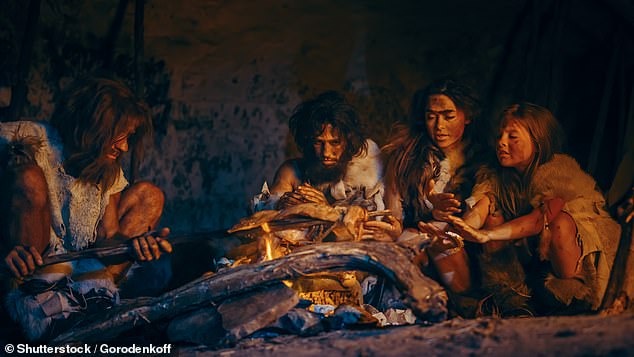Australian Neanderthals used boomerangs to carve stone tools
Not just for throwing! Australian Neanderthals used boomerangs to carve stone tools 500,000 years ago, new analysis reveals Researchers studied 100 ancient boomerangs held at the Australian Museum They used methods to study the wear on the boomerangs to track their use The team discovered Australian neanderthals had many different uses for them Over 500,000 … Read more
